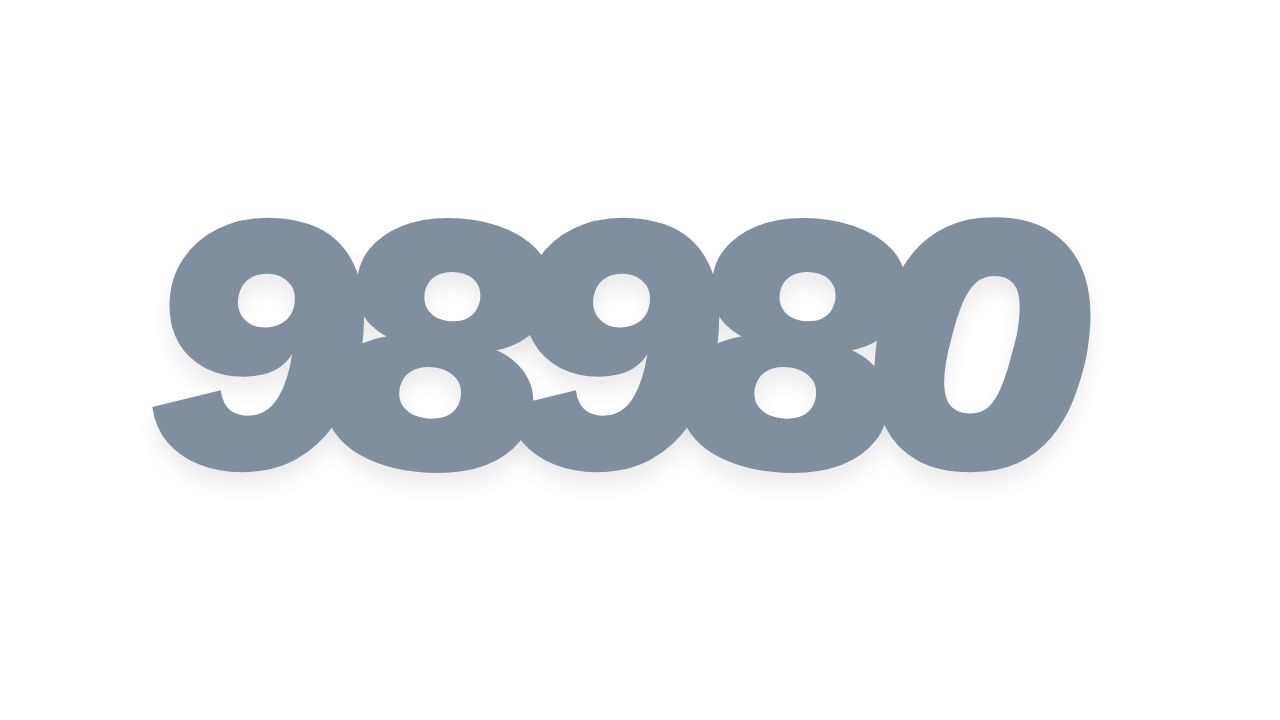November 4, 2025
Deep Dive into CPT Code 98980: The Clinical Powerhouse for RTM Treatment Management in Physical Therapy
Remote Therapeutic Monitoring (RTM) empowers PTs to extend care beyond the clinic, and CPT code 98980 is the key to reimbursing the vital clinical time spent reviewing data and engaging patients. This time-based code covers the first 20 minutes of management per calendar month, requiring at least one live interactive communication. Unlike device-supply codes, 98980 focuses on actionable insights—analyzing adherence, adjusting HEPs, and driving outcomes. In late 2025, with no 16-day data mandate for management codes, 98980 unlocks $50+ monthly while enhancing hybrid MSK care. Let’s explore its nuances for compliant, profitable billing.
What Exactly is CPT Code 98980?
Per AMA guidelines: Remote therapeutic monitoring treatment management services, physician or other qualified health care professional time in a calendar month requiring at least one interactive communication with the patient/caregiver during the calendar month (list separately in addition to the code for primary procedure); first 20 minutes.
It’s a professional service code, reimbursing qualified providers (including PTs) for reviewing RTM data, interpreting trends, modifying plans, and direct patient/caregiver interactions. Activities count if they inform therapy adherence or response—no physiologic sensors needed.
For PTs, this means dashboard reviews of HEP completions, pain logs, or risk alerts, plus coaching via phone/video to boost compliance.
98980 Billing Requirements: Time, Interaction, and Flexibility
98980 is calendar-month based, with clear thresholds:
- 20+ Minutes Cumulative: Time across the month for data review, analysis, plan adjustments, and interactions. Round up only after full 20; 19 minutes = no bill.
- At Least One Interactive Communication: Real-time, two-way (phone, video, or secure audio). Email/text don’t qualify; must be synchronous and HIPAA-compliant.
- No 16-Day Data Rule: Unlike 98977, management codes bill without minimum transmissions—focus on clinical value, even with sparse data.
- Once Per Month: One unit max for the first 20; add 98981 for each extra 20.
- General Supervision: “Incident-to” billing allows auxiliaries (e.g., PTAs) under general oversight; PTs bill directly.
- Therapy Plan Required: For PTs, under established plan; use GP modifier.
- No Overlaps: One provider per patient/month; not with RPM management (e.g., 99457).
Bill at month-end; time resets January 1.
Documentation: Building an Audit-Resistant Record
CMS scrutinizes time-based codes—document meticulously:
- Total Time: Exact minutes (e.g., “22 minutes: 12 reviewing adherence dashboard, 10 on video call”).
- Interactive Details: Date, duration, modality (e.g., “5-min Zoom: Discussed pain trends, reinforced form”).
- Data Reviewed: Specifics (e.g., “HEP completion 75%; pain averaged 6/10; risk alert triggered”).
- Clinical Decisions: Adjustments (e.g., “Increased reps; added education video”).
- Medical Necessity: Link to POC (e.g., “MSK monitoring for post-op knee to prevent adherence drop”).
- No Double-Dipping: Confirm time not billed elsewhere.
Tip: Use auto-timers in platforms; export logs for claims. PTAs contributing? Apply CQ modifier if de minimis standard met (e.g., PTA >50% of time reduces payment 15%).
98980 Reimbursement Rates in 2025
National non-facility average: ~$50.14 (locality-adjusted; higher in high-cost areas). Check PFS Look-Up Tool—pairs with 98981 (~$39-40) for 40+ minutes. No patient cost-sharing surprises; pure additive revenue.
Real-World PT Scenarios: From Compliance to Excellence
Scenario 1: Standard MSK Success Chronic shoulder patient on MovementRx. Month: 12 min dashboard review (adherence 80%, pain down), 8-min phone call coaching form. Total 20 min + interaction. Bill 98980—$50, with HEP tweak preventing flare-up.
Scenario 2: High-Engagement Hybrid Post-lumbar patient logs daily via always-on app. PT: 15 min analyzing trends/risk alerts, 10-min video adjusting exercises, 10 min messaging follow-up (counts if synchronous). Total 35 min. Bill 98980 + 98981. Outcomes: 30% faster recovery.
Scenario 3: The Interaction Trap Busy PT reviews 25 min data but forgets live check-in (only emails). No 98980—lost revenue. Tip: Schedule auto-reminders; MovementRx’s in-app video ensures easy compliance.
Scenario 4: PTA Involvement PTA handles 12 min review/initial call; PT adds 10 min adjustments. Total 22 min. Bill 98980 with CQ if PTA dominant—still profitable, with general supervision.
Pitfall Example: 18 min scattered reviews, no sync interaction. Denial. Always hit 20 + live for bulletproof claims.
Common Pitfalls and Pro Tips
- Short on Time/Interaction: Under 20 or no live = no bill. Fix: Bundle reviews; use app-integrated video.
- Poor Tracking: Vague notes. Use timers/dashboards for precision.
- Modifier Misses: Forget GP/CQ—denied/reduced.
- Overlap Errors: Multiple providers or with E/M.
- Tip: No 16-day hurdle means bill even low-data months if clinically justified. Predictive platforms flag needs early, maximizing time value.
Why Master 98980? Elevating RTM Impact
This code reimburses the “brain” of RTM—turning data into decisions, boosting adherence 80%+, and cutting readmissions. Clinics layering it on 98977 see 20-50% revenue growth with better outcomes.
Ready for effortless management? MovementRx auto-tracks time, prompts interactions, and generates docs—ensuring every 20 minutes counts. Free demo at mymovementrx.com to supercharge your RTM.
To learn more about the upcoming 2026 changes to the CPT code 98980 read this article.
